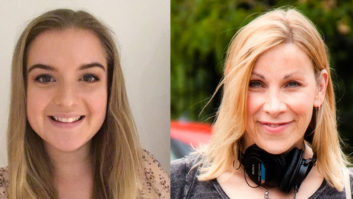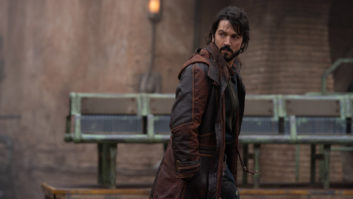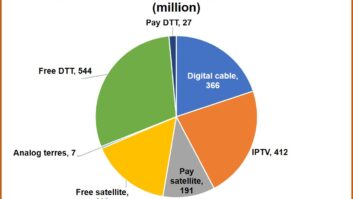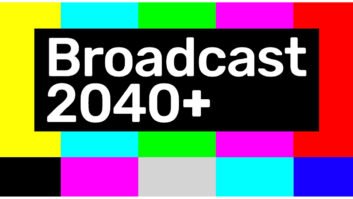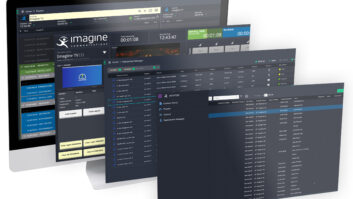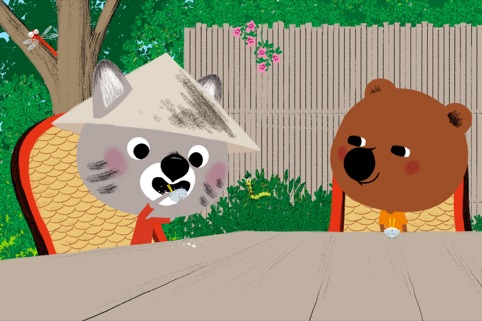
Philip Stevens talks to broadcasters and producers about the unique challenges of children’s programming
Dedicated children’s television programme production in the UK can be traced back to 1946. It was then that Muffin the Mule, a string puppet that danced on a piano played by Annette Mills, first made his appearance. And although Noddy doesn’t look a day older now than when he first appeared, the loveable character will be 65 years old in 2014.
For a good many years, children’s programmes, at least in the UK, were confined to about an hour around teatime – with perhaps a 15 minute slot in the early afternoon for very young viewers who could Watch with Mother.
Today, the demand for children’s programming has increased considerably, with many being aired on dedicated kid’s channels. That has, of course, created a need for many more productions. Not only that, the content has been transformed to meet the needs of twenty first century children’s tastes.
Times are changing
“Whether we like it or not, kids programming has changed on many levels over the last several years,” states Sebastian Debertin, head of fiction, acquisition and co-production at KiKA – the children’s channel of German broadcasters ARD und ZDF. “It is facing strong competition from other media, so we have higher production value nowadays as kids do not make a difference between big feature films, TV series or interactive games – and the respective budgets for these.”
And the commitment does work. KiKA is the most successful children’s channel in Germany.

“We have the best of both worlds, getting the finest programmes from ARD and ZDF, plus creating our own additional productions that add up to complete the picture called KiKA. Beyond that, KiKA does not only rely on animation like others, but offers the whole variety of genres as a full broadcaster dedicated to children. And we make sure we stay in close contact with our audience via TV, online and, importantly, direct contact via our viewer service/audience relations department.”
Across the border in The Netherlands, that need to develop the quality of programming is echoed by Robert Fortuijn, children’s editor at Hilversum broadcaster, Evangelische Omroep. “In Holland, it was necessary to advance the presentation of children’s programmes. The quality has improved, but the budgets haven’t! Nevertheless, our programming is driven by quality.”
David Levine, vice president of content and programming at Disney Channel EMEA, agrees. “There have been some massive changes over the past 10 to 15 years. Our output is top notch, with many of the programmes involving singing and dancing numbers, and special effects that were previously only seen in movies or on primetime television.”
Levine believes that the technology has enabled many of the improvements, but that’s not all. “The overall calibre of talent – both in front and behind the camera – has been outstanding. Given the intense competition now in Kid’s TV, it has driven everyone to higher standards of excellence.”
In the UK, HIT Entertainment, a global producer of pre-school entertainment companies, also highlights the dramatic change in children’s programming. “When we first launched some 20 years ago, the world of children’s television was a very different environment,” states Michael Carrington, vice president global content and executive producer. “We were producing content for multi-genre terrestrial TV channels, such as the BBC, France TV, and Rai Uno. Today, there are around 30 dedicated children’s channels in the UK alone, plus multiple other platforms and devices for accessing content. It’s a highly competitive environment, but no matter how much the landscape has changed, we have continued to build on its expertise to deliver content specifically made for preschoolers, whatever the touch-points.”
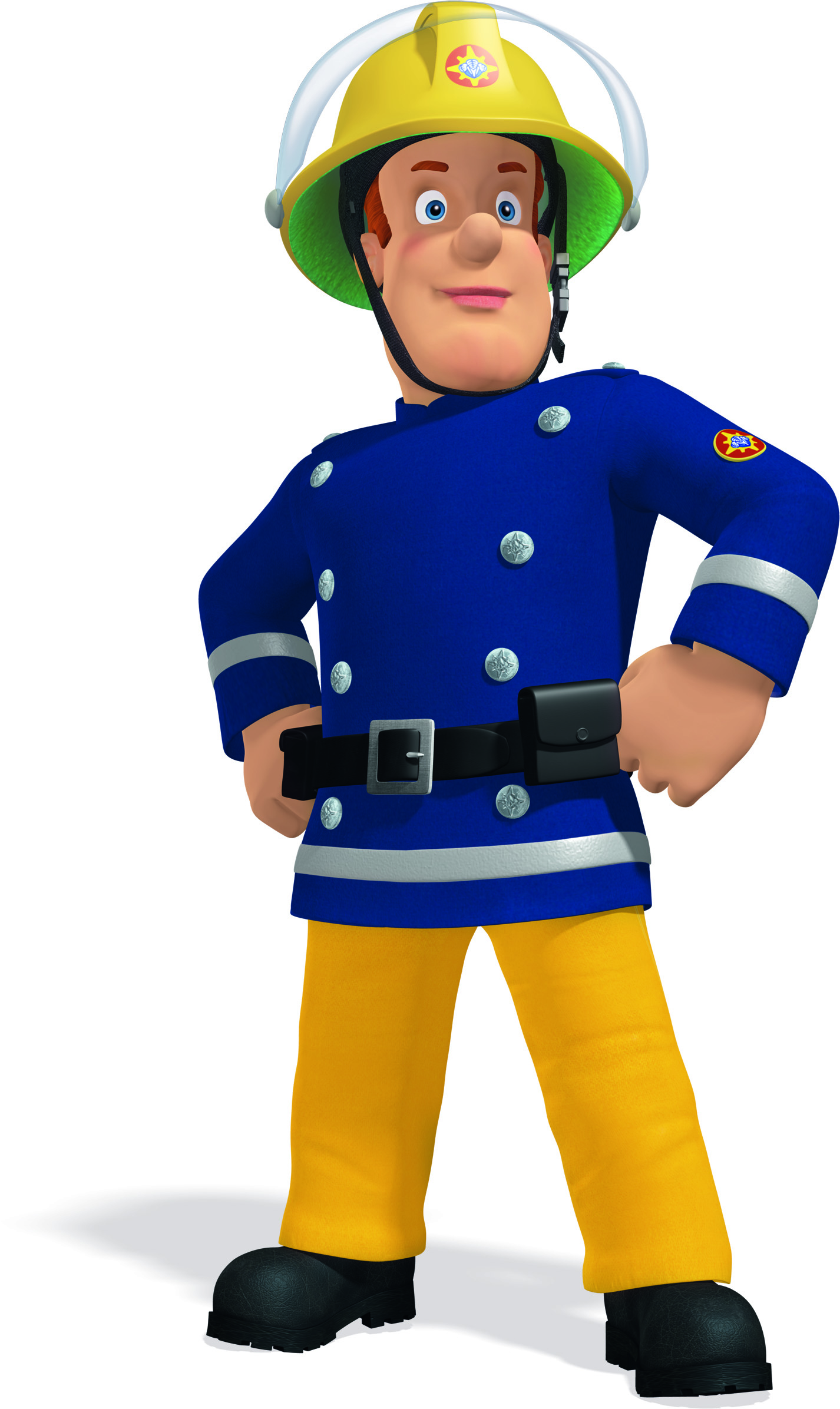
Carrington goes on to say that HIT Entertainment is currently in the process of updating some of its most popular series, such as Fireman Sam and Thomas & Friends in order to meet the changing demands.
“Our programmes have universal appeal, whether they are set in a medieval kingdom, a working fire station, or on the Island of Sodor, because we develop our stories from a pre-school child’s perspective – and those shows extend beyond television to games, to the web and interactive digital media. But most importantly we provide young audiences with unique and imaginative experiences, ensuring that our characters continue to engage through relatable stories and settings.”
Factoring in second screens
Along with all sectors of the viewing community, children are well used, maybe even more adaptable, to the technology that goes to make up second screens. A recent survey in the UK revealed that among five to seven year olds 1% owned a smartphone, 13 per cent had their own tablet and 37 per cent had a television in their bedroom.
With that in mind, how much does Second Screen usage play in the planning of programmes? “It does play a role to broaden the horizon of a concept,” maintains Debertin. “And it maybe helps financing it, too. But you need the right TV content, first. And then have the vision of how your content can really travel successfully to the second screen. The industry has learned to differentiate what projects should go cross media and what projects are just fine for TV.”
But a different picture emerges from Holland. “We find people here are sceptical about second screens,” declares Fortuijn. “I don’t think anyone in Holland has produced anything specifically along those lines for children. However, at the end of March we held a cross-media experience with Zapp, the public broadcaster’s children’s channel. Over the course of the week, there was an event called Zapp your Planet which has to do with sustainability. During this week there was a daily live show where children could play a quiz game via a second screen.”
Over at Disney, Levine says that the channel focuses on the story and the characters, no matter what the screen. “We take a very multi-platform approach, knowing that our content can appear anywhere – phone, iPad, TV, whatever. We have a range of apps and websites across the world that support the programmes, especially those on Disney Junior.”
And the age at which youngsters start utilising a second screen is surprisingly early. “We’ve found children as young as three years interacting with our content on mobile devices and usage is rising,” reveals Carrington. “We recently won an iKids award for Best Pre-school Tablet Game at Kidscreen for our Mike the Knight ‘Knight in Training’ app. It is incredibly important to us that the experience is just as engaging as the more traditional forms of content. Building digital communities of parents with young children is a key strategy for us.”
Educate or entertain?
There is, of course, some overlap but are producers more concerned to show educational programmes, or those that simply entertain?
“All programmes offered on KiKA need to have one thing in common: They need to be entertaining,” reveals Debertin. But he goes on, “And at the same time we need to have an educational element going with it! That is key to our mission –and our success.”
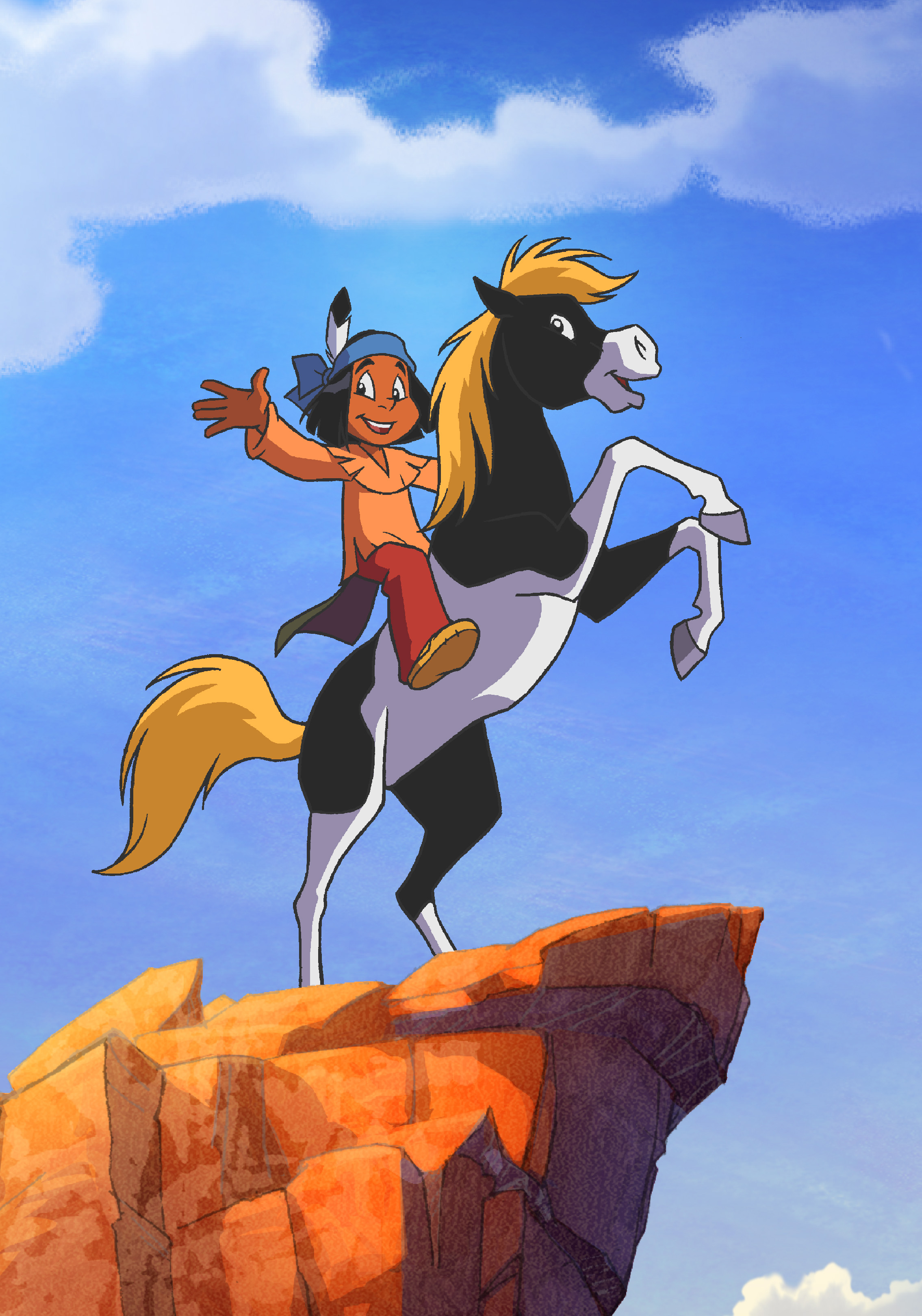
Fortuijn goes further. “Children know when you are trying to educate them. The trick I’ve learned is that you must make programmes fun – and interesting. Yes, they must be entertaining, but they should learn by them, too.”
He cites one example from his schedule. “The Fashion Challenge is a programme aimed at girls who can produce a new look for themselves – but using their own existing clothes. We show how to combine them and make a creative look. We encourage the girls not to throw away clothes or buy new ones too fast. That is good for the environment – and entertaining for the young people.”
For Disney Channel, age plays an important factor when it comes to the education versus entertaining ratio. “For the older children, we focus on entertainment,” emphasises Levine. “For the younger audience, the skew is on the magical storytelling. Pre-schooler tastes are pretty much the same across the world.”
HIT Entertainment is careful to incorporate both fun and learning values. “Beside the creative lead, each of our series has a dedicated educational consultant, and indeed an expert consultant when appropriate – like our fire advisor on Fireman Sam episodes – to ensure that the mixture of entertainment and learning is perfectly balanced.”
There is little doubt that making children’s television is challenging. The age range is huge and the tastes within that spread vary enormously. And, of course, there is always scope for new ideas. As Carrington concludes, “We care for and nurture our existing brands with passion and enthusiasm, but we are also keen to develop new content. We are always keeping an eye out for new story-driven ideas with identifiable and aspirational characters that have the ability to work across multiple platforms and formats.”
www.disneyinternational.com
www.eo.nl
www.hitentertainment.com
www.kika.de
